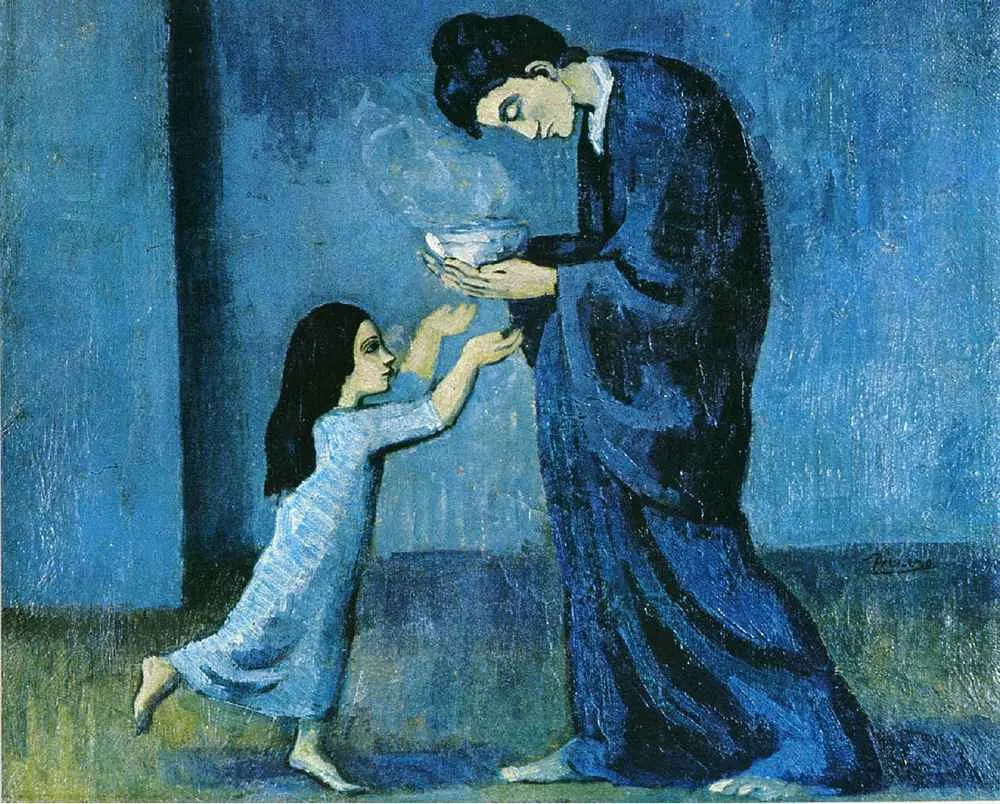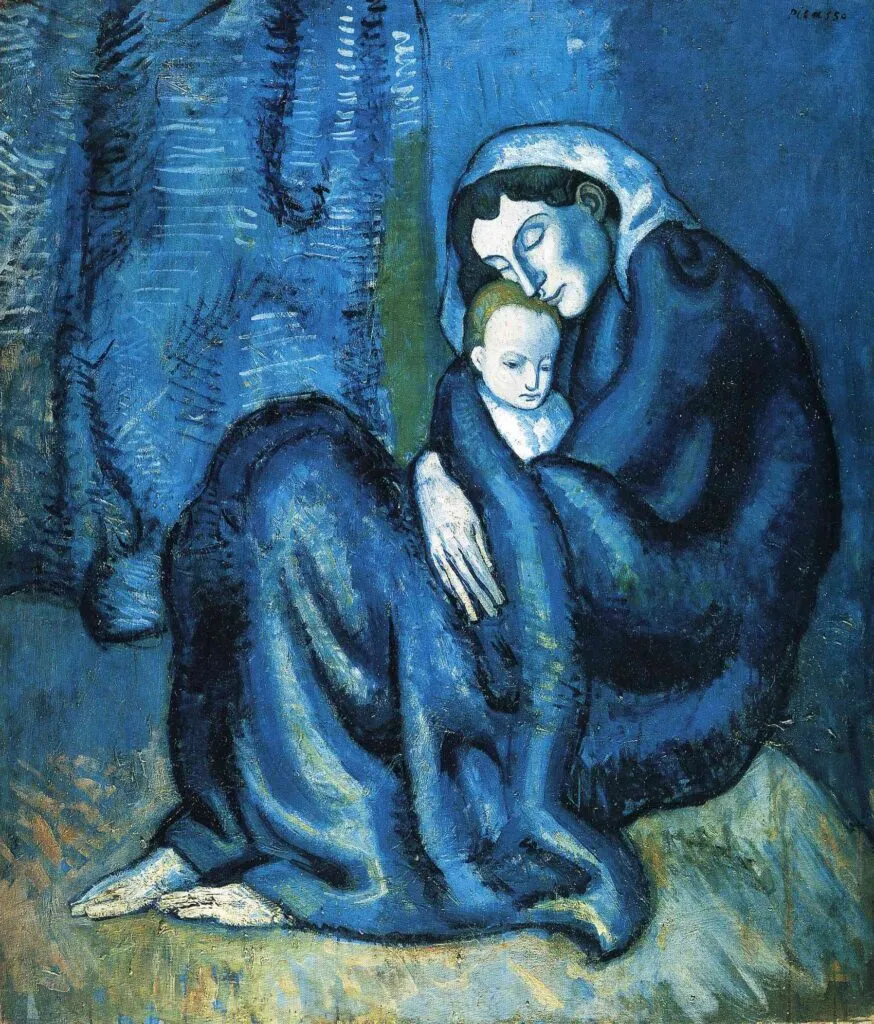Serendipity and Rabbit Holes
Ever gone down the Google search rabbit hole?
Started reading something on Wikipedia … clicked one of the reference links … watched a related video on YouTube … got a whatspp link … clicked on that… and found yourself on the other side of an hour, with the answer to a question that has been on the fringes of your memory for weeks – who wrote the lyrics to “I Will Always Love You“?
And that’s not even what you started searching for in the first place!
These lucky accidents are called serendipity – unintentional chance encounters that lead to beneficial results.
In his book, The Black Swan: The Impact of the Highly Improbable, Nassim Nicholas Taleb talks of creating “Good Black Swan” events in our life – serendipitous events that lead to positive benefits.
Taleb named this strategy after Apelles – a Greek painter. Apelles was unable to paint the foam from a horse’s mouth. In irritation he gave up and threw the sponge he used to clean his brush at the picture. The sponge created the perfect foam image he had been trying to paint! An Apelles-style strategy is what Taleb calls maximizing serendipity.
Horace Walpole coined the term “serendipity” in 1754. He had based it on the fairytale of The Three Princes of Serendip – they were constantly making discoveries of things they were not looking for. [Serendip is the former name for Sri Lanka].
Can serendipity be engineered?
Yes, I think so. By –
- Doing & Wanting,
- Detaching & Committing
- Blending & Procrastinating
Doing and Wanting
As Louis Pasteur noted: “Chance favors the prepared mind.”
Science is full of serendipitous discoveries – urea, dynamite, saccharin, penicillin, nylon, microwave ovens, DNA, implantable cardiac pacemaker, ruins of Pompeii and Newton’s law of universal gravitation and many more (Source: Royston Roberts’s Serendipity: Accidental Discoveries in Science).
Fleming, the father of the Penicillin, frequently attributed his success to luck. But all these inventions came only to people who were actively looking for solutions.
Merely wishing and dreaming does not create anything but blissful day dreams.
It is the Doing and the Wanting that creates serendipitous luck.
I have had a thirst to write since as far back as I can remember.
I remember I started a blog in 2006. I was working in Bangkok, and living alone. Which left a lot of free time on my hands to binge watch Sex and the City. I managed to write two posts in which I sounded like a wannabe Carrie Bradshaw. I was given three pieces of feedback by half a handful of people who read it. Edit. Edit. Edit.
Not wanting to put in the effort, I gave up.
In 2019, I attended a writer’s retreat with three book ideas. The editors made encouraging noises, but researching and writing even one book seemed like a gargantuan task and I did not make any progress.
A whole year passed by with me doing nothing, only wanting to become a writer.
Then Covid struck and I was invited by my friend at Stir Fry MBA to pen down an article on the impact of Covid. I avoided it for weeks. I did not know what to write and could not ‘find’ my voice. I had paralyzed myself into inaction.
One day while mopping the floor and listening to my favorite podcast, inspiration struck. My brain mirrored the tone of the podcast, and entire sentences downloaded into my brain. Finally, I wrote something down. The article was liked and was picked up by afaqs as well.
My wanting to write badly enough, set in motion small actions which created a positive spiral of success. I realized it was far easier to write short pieces, than a long book. I kept going.
Turns out in order to be a writer, one has to write.
Over 2020, I have written and published 32,554 words. I got my almost book! With the encouragement of all 277 of you who have signed up for this newsletter, I plan to continue with no other agenda than to keep writing.
Most of us want assurance that the effort we will put in will bear fruit even before we put in the effort. But the longer we wait, further away happy coincidences go. Serendipity enters our life when we get started rather than wait for everything to fall into place.
That’s what this campaign from Martini says.
Martini-Luck is an Attitude
Japan Railways (JR)
Japan Railways (JR) did not wait for the perfect moment. They converted a happy coincidence into a profitable beverages business.
While constructing a bullet-train line through the mountains in North Tokyo, they came across a flooded tunnel. The obvious solution was to pump out the mountain water, but they realized that the water was delicious.
So they started bottling and marketing it as premium mineral water – “Oshimizu”. It became so popular that JR East installed Oshimizu vending machines on all of its 1,000 platforms.

Today, the brand has expanded to juices, iced teas, hot teas and coffees and JR have become vending machine experts.
If we are flexible in our ‘doing and wanting’ in the face of serendipitous events, we could be better off.
Detachment and Commitment
Most of the times, serendipitous events are blink-and-you-miss-them-small.
A level of detachment is needed to be able to ‘see’ a serendipitous event – even if negative, as an opportunity. And to not write it off as a coincident.
Along with commitment to make the best of the situation.
It is easy to commit to ‘doing’ when the serendipitous event is positive and holds potential for growth, it is very very difficult to stay committed when the chips are down.
This is what Picasso and Levi Strauss did. One converted a tragedy into a historic art movement, and the second started a whole new industry.
Picasso
In 1900, Picasso’s close friend and fellow artist- Carlos Casagemas committed suicide. Picasso was deeply affected.
This launched a period when Picasso only painted in shades of blue.
The melancholy nature of the blue paintings reflected Picasso’s state of mind, but it is believed that these paintings were also a product of scarcity.
Apparently, one day Picasso had only blue paint to work with. When he started toying with only blue, he discovered the potential to produce paintings that conveyed a sense of sadness.

The art world believes Picasso’s Blue Period (1901–1904) paintings are some of Picasso’s best.


Levis
During the Californian gold rush, Levis followed miners to California with the intent to sell tents.
Unfortunately, the weather was so pleasant that miners preferred to sleep in the open.
His business collapsed even before it started.
But where the mildness of the weather let him down, the work itself created a market for his jeans, which he made from his tent cloth.
Denim today is a $150bn industry in the US alone.
Blending and Procrastination
Blending people, ideas, and different energies can fire up serendipity like nothing else. Just like a curious child who mixes red and blue for the first time and discovers a beautiful purple color he could never have imagined.
But our education system trains away the appetite for ambiguity. All exam questions have only one right answer. We are exposed to a broad range of subjects, but the intake of information is narrow and fixed-syllabus led. With the ring of the bell, books from one subject are put away. The black board is wiped clean. We are not encouraged to connect the dots between subjects. Each subject is kept neatly apart, never to touch. Like vegetables and protein in a fussy eater’s plate.
This breeds a need for closure. We obsessively drive agreement towards a single point of view. This singularity of thinking and premature need for closure kills serendipity. We equate ambiguity with confusion and weakness.
However, it is a good idea to live with ambiguity for a while, until the right answer appears. Our brain starts connecting the dots between different ideas and solves new problems. And this takes time.
Take the example of Newton.
Newton
Newton formulated the Law of Gravity in his garden during the plague of 1965, but he did not publish his Principia until 20 years later.
He kept chiseling and developing the concepts for two decades.
Once we allow the flow of serendipity to take over, opportunities keep opening up.
Like they did for Johnson & Johnson.
Johnson & Johnson
In 1885, entrepreneur Robert Wood Johnson inspired by the work of Joseph Lister in antiseptic surgery, developed medicated plaster-bandage. He blended antiseptics with bandages to create a new industry.
When doctors complained that their bandages caused skin irritation, J&J started sending scented Italian talc with each packet of medicated bandages.
By 1891, consumers discovered that the talc also helped diaper rash. They wanted to buy large bottles of the talc. So, J&J introduced Johnson’s Baby Powder.

They continued to blend new ideas to launch an entire range of baby products.
Serendipity also helped create J&J’s sanitary napkin business. In 1894, they launched midwife’s maternity kits with “Lister’s Towels,” – sanitary napkins for post-birth bleeding. Hundreds of women wrote to them, wanting to buy the napkins. J&J became the first company in the USA to mass-produce sanitary protection products.
See how they blended antiseptic surgery with bandages? Skin irritation led to diaper rash powder, which led to a range of baby products and finally to sanitary protection products?
Opposite of Serendipity?
Just for kicks.
Serendip, is in the southern hemisphere. A land of spice and warmth, lush greenery, hummingbirds, sea washed, and sun warmed.
The opposite is a land where luck goes to die – Zembla – far north, barren, icebound, cold, a world of flint and stone.
Zemblanity is the opposite of Serendipity, the faculty of making unhappy, unlucky and expected discoveries by design.
Finally, to close the loop on the Google rabbit hole, Dolly Parton wrote the lyrics to “I Will Always Love You”.
